Up Next

Valtteri Bottas performed so well in Mexican Grand Prix qualifying that he surprised himself. Alfa Romeo was targeting seventh, so beating Charles Leclerc’s Ferrari to sixth was “an added bonus”.
This was actually Alfa Romeo’s second best qualifying of the season relative to the front after the Miami GP, though at that stage of the season it had a weight advantage over the rest of the field. Bottas qualified 0.765% off there, and was 0.805% back in Mexico qualifying.
There were five key elements to this Ferrari-beating performance from Bottas, who impressed from final practice right to the end of Q3 – and lapped 0.320 seconds quicker than the McLaren of Lando Norris, which usually commands the fight to be best of the rest behind the big three Formula 1 teams in qualifying.
1. Hitting the ground running
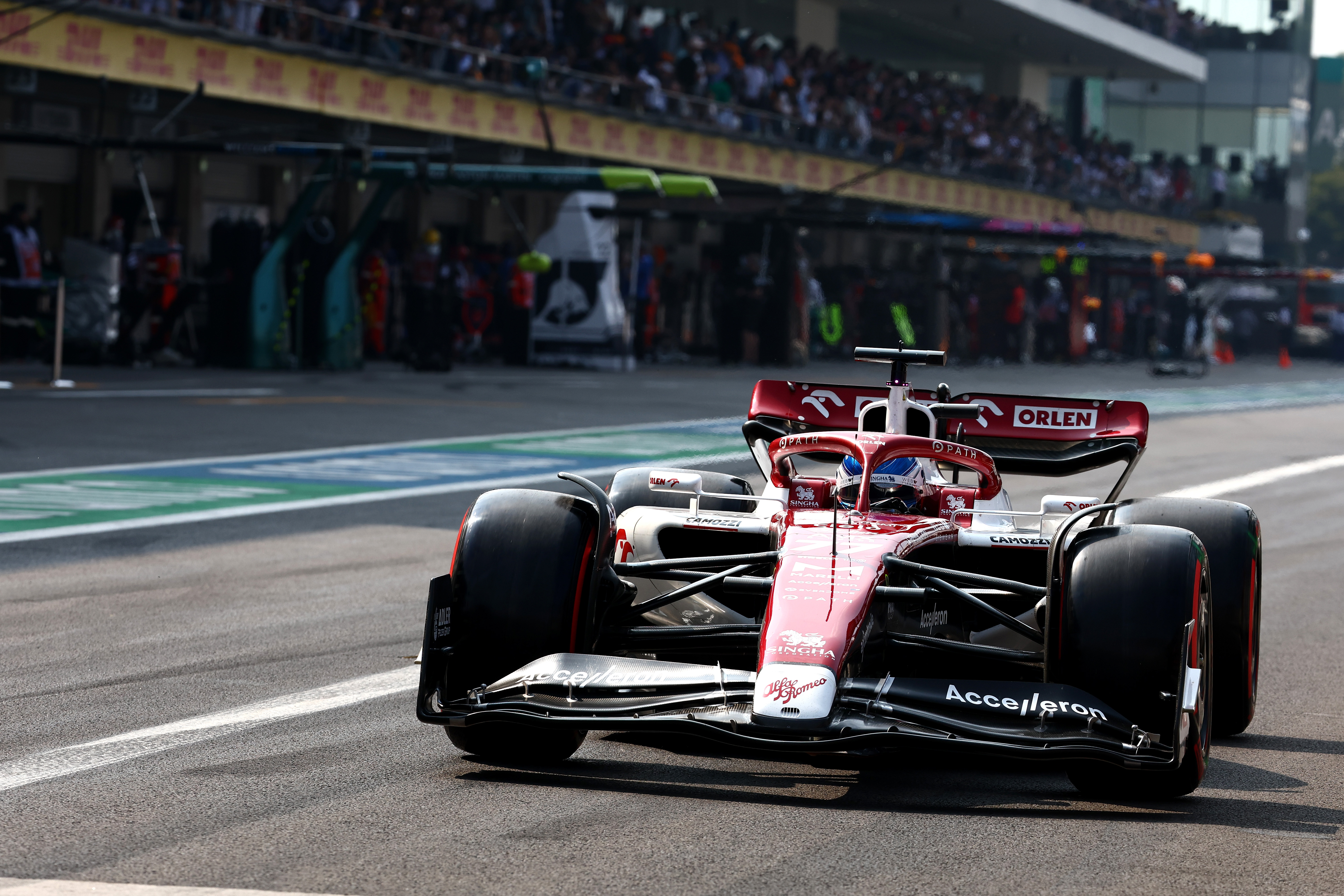
This is the second F1 weekend in a row that teams have had to devote an entire Friday session to a 2023 Pirelli tyre test, meaning only FP1 and FP3 offered any truly representative running.
The Autodromo Hermanos Rodriguez is also a little-used circuit, which means first practice takes place on a very slippery surface – in high-altitude conditions that make the cars feel super-fast in a straight line but terrible under braking and through the corners.
Finding a good set-up to make what Pirelli admits was a conservative tyre choice work around here is not easy, but Bottas says Alfa Romeo nailed its initial choices for a car that carries with it a decent performance upgrade from the past two races in Japan and the US, thanks to a new front wing and floor.
“We didn’t actually add anything from Austin,” Bottas said. “With the starting set-up we had this weekend, we only had to do small fine-tuning, so we really started the weekend on the right foot with the set-up and were then able to build on that.”
2. The Alfa’s prowess in slow-speed corners
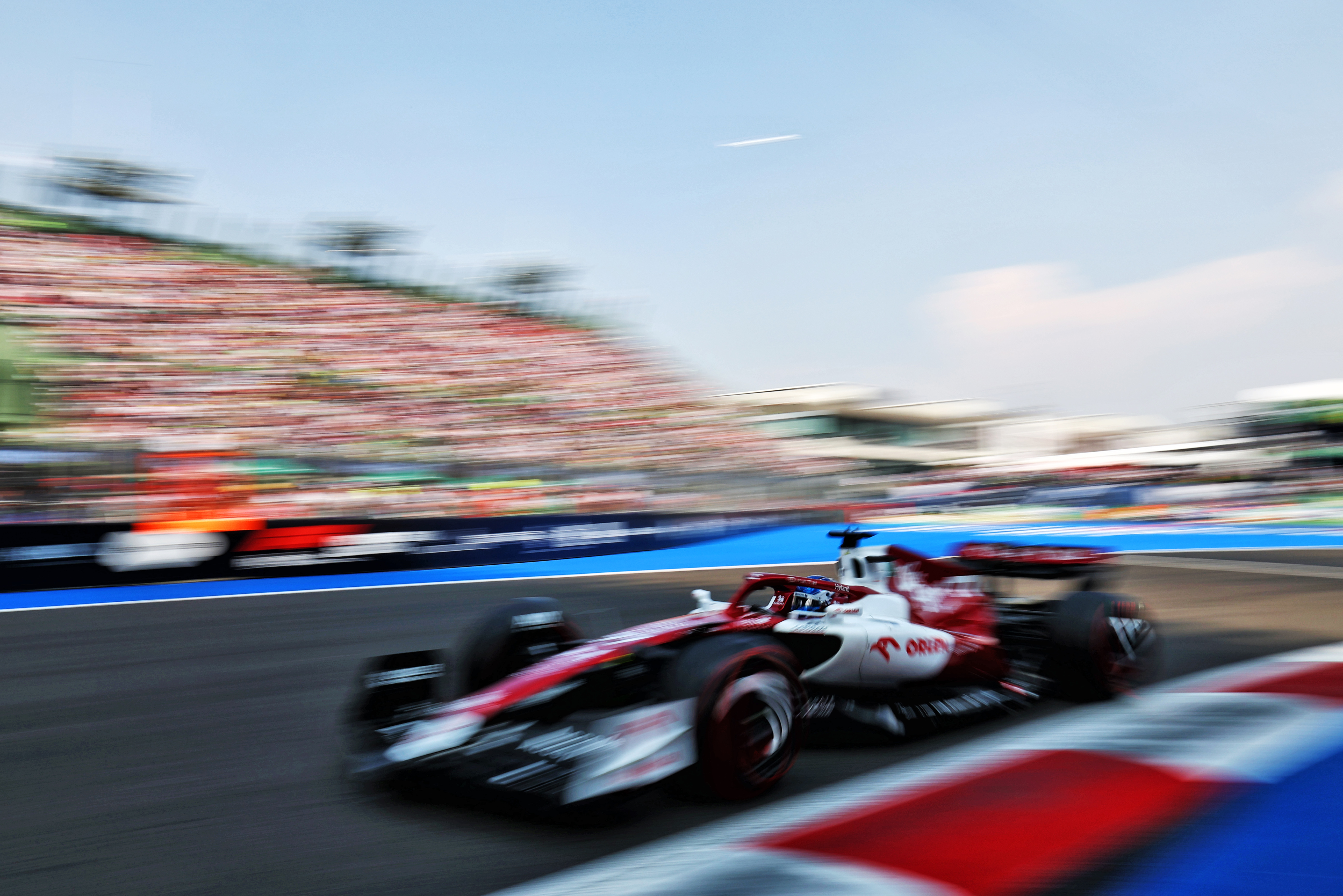
This track has an abundance of these corners, particularly in sectors one and three – and everyone has the added challenge of trying to prepare their tyres to work straight away for the heavy braking, right-left-right sequence of Turns 1, 2, 3 without sapping so much life from them that by the stadium section at the end of the lap – Turns 12, 13, 14, 15 and 16 – you’re running out of grip, particularly under traction.
Bottas was in the top seven for best sector times across the entire lap in qualifying, suggesting Alfa calculated the tyre compromise extremely well.
Bottas had the fourth-quickest time of all through sector one – faster than Carlos Sainz and pole contender George Russell – but was only fractionally slower than the ‘big six’ through sectors two and three.
“I think the layout – like I was thinking about before the weekend – could be good for our car,” Bottas said. “We seem pretty strong in all those slow speed corners.”
3. Kerb riding
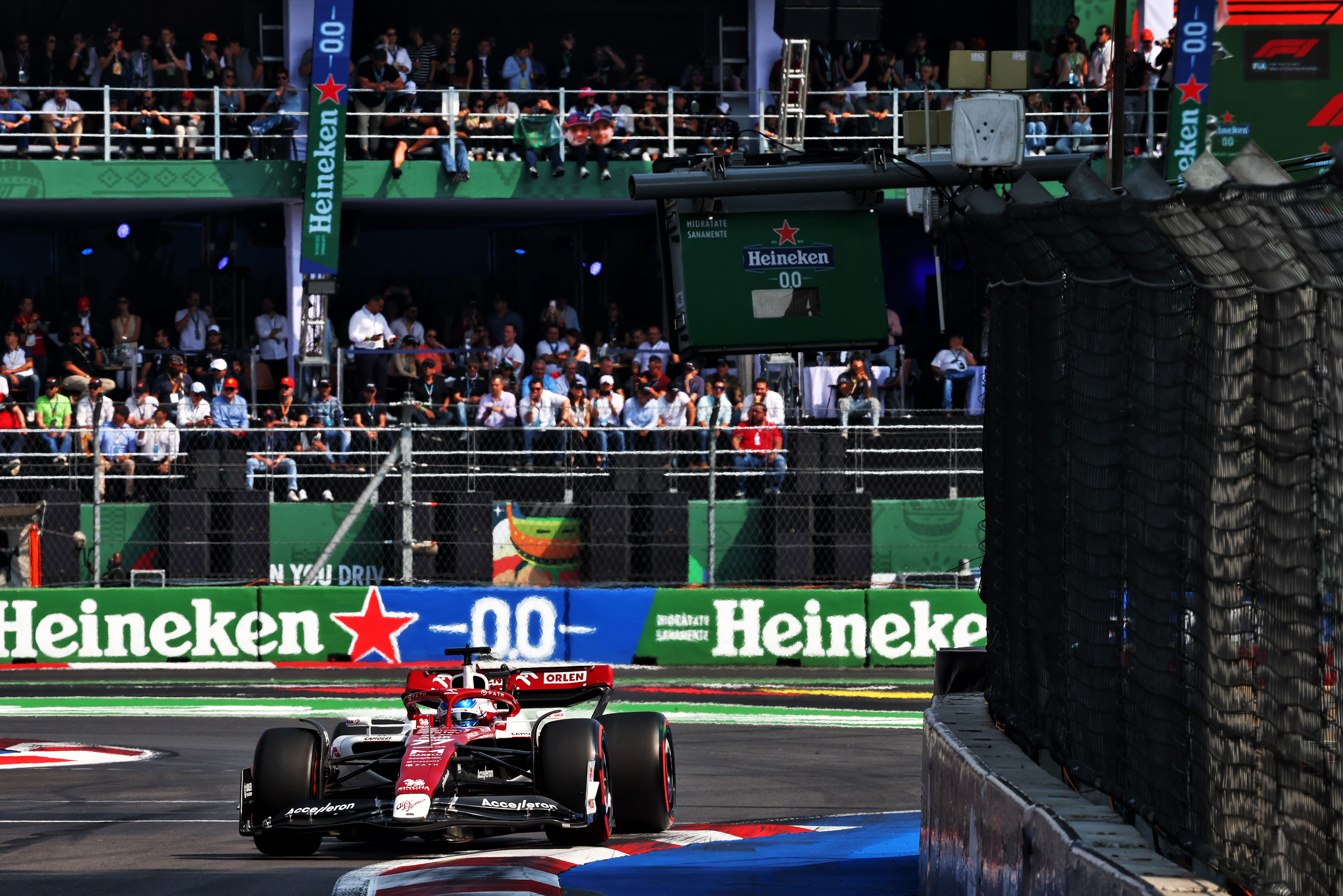
This is something that is particularly difficult for this new generation of F1 cars, which require super-stiff suspension settings to stabilise the critical underbody aerodynamic platform.
We saw through free practice and qualifying how difficult the Ferrari was to handle over the kerbs in the higher-speed corners of sector two: Turns 7, 8, 9, 10 and 11. Leclerc crashed here on Friday, and Sainz was forever catching lurid slides during qualifying.
Bottas was only two hundredths of a second slower than Leclerc’s ultimate best through this section of the lap, and within a tenth of Sainz, despite driving what we know to be a substantially slower car than the Ferrari ordinarily.
“Over the kerbs, through the chicanes, we seem quite good and the car feels quite nice over the kerbs,” Bottas said. “So I think the car suits this track.”
4. King of the slippery surface
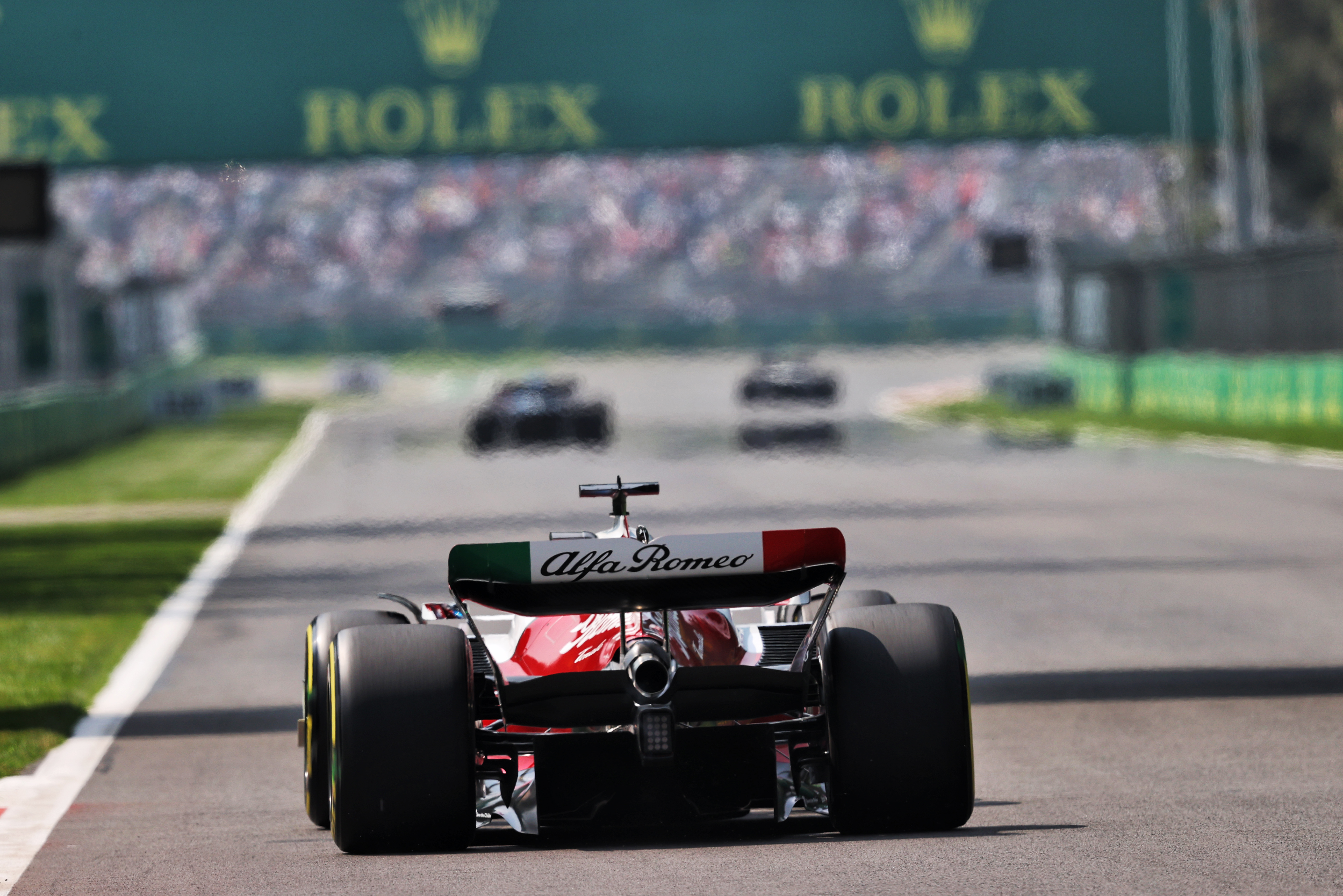
Bottas has a reputation for being excellent on low-grip tracks, perhaps having honed his driving skills on icy lakes in Finnish winters.
He was always excellent at Sochi (another billiard table smooth venue) in his Mercedes days – and was on pole in Mexico last year too.
“It feels like it has normally been a good track for me, overall,” Bottas said. “I had a pole last year, so it’s like everywhere, one of those tracks some drivers like more and I like this weekend.
“Smooth surface, low grip requires a different way of driving, which I don’t mind.”
5. Leclerc’s engine woes
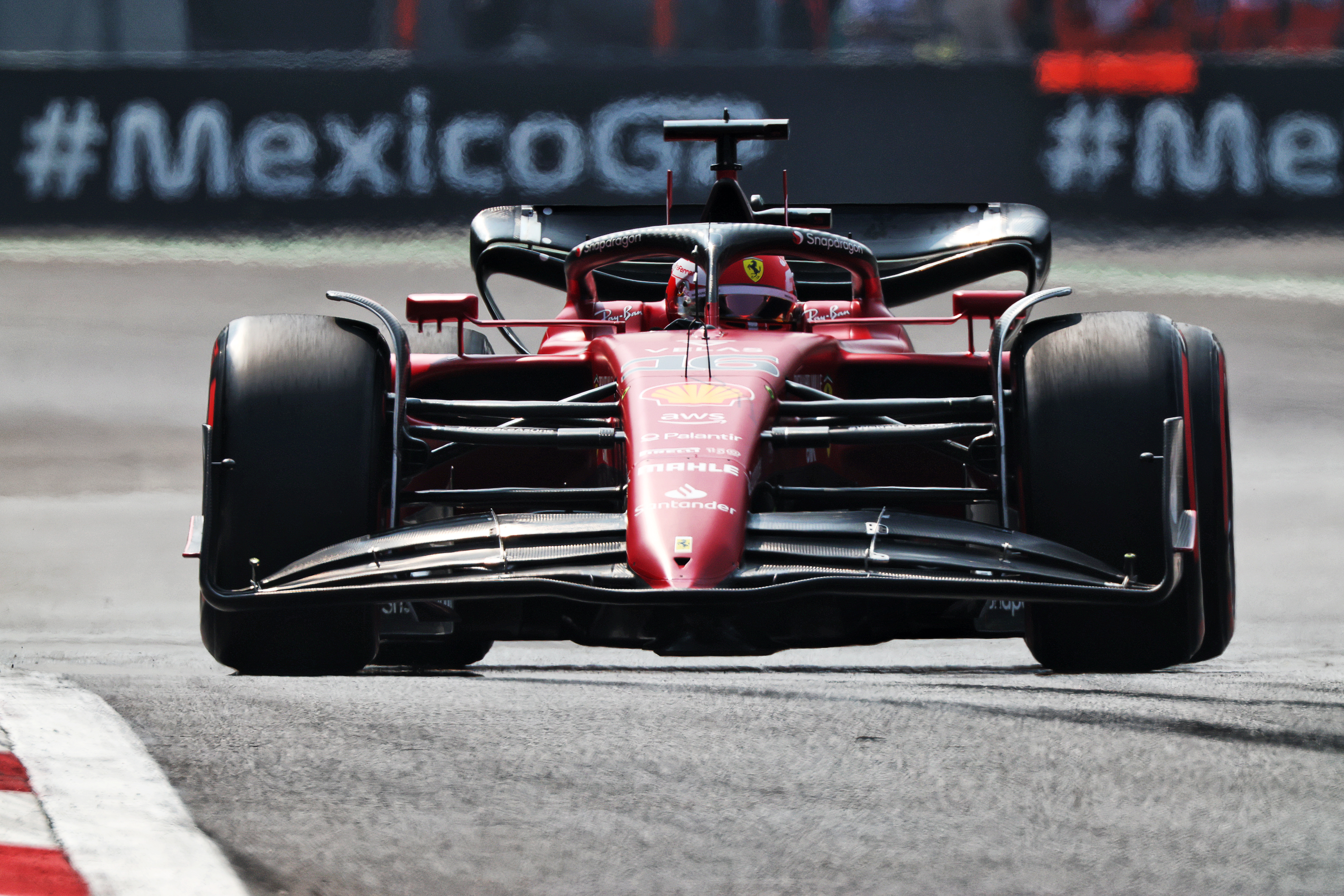
Although Alfa Romeo did an incredible job with the car, and Bottas drove superbly all weekend so far, the ultimate result in qualifying still owed something to the underperformance of Ferrari – and Leclerc’s car in particular.
Leclerc described something “strange or wrong” with his engine, which cost him speed down the straights and also hurt him through the higher-speed corners.
“The engine was not really responding to the throttle input I was having in the high speeds,” Leclerc said.
We know Leclerc is ordinarily an expert qualifier, so for him to be outside the top six like this points to some kind of car problem. Nevertheless, Bottas still needed to take advantage of the opportunity. Now he needs to finish the job with a strong race on Sunday.
“It seems that from all the long runs this weekend, and even the Pirelli tests, that we seem to be on the good end of the midfield in terms of race pace,” Bottas said.
“Hopefully, we can more or less maintain the position and that’s important. It’s a good opportunity now that Aston Martin is way back.”
Alfa Romeo is only three points ahead of Aston in the battle for sixth in the constructors’ championship, but Sebastian Vettel will start 16th after what he called a “mystery” of a poor qualifying session – while team-mate Lance Stroll will start last having picked up a three-place grid penalty for launching Fernando Alonso’s Alpine airborne during last Sunday’s US GP.




